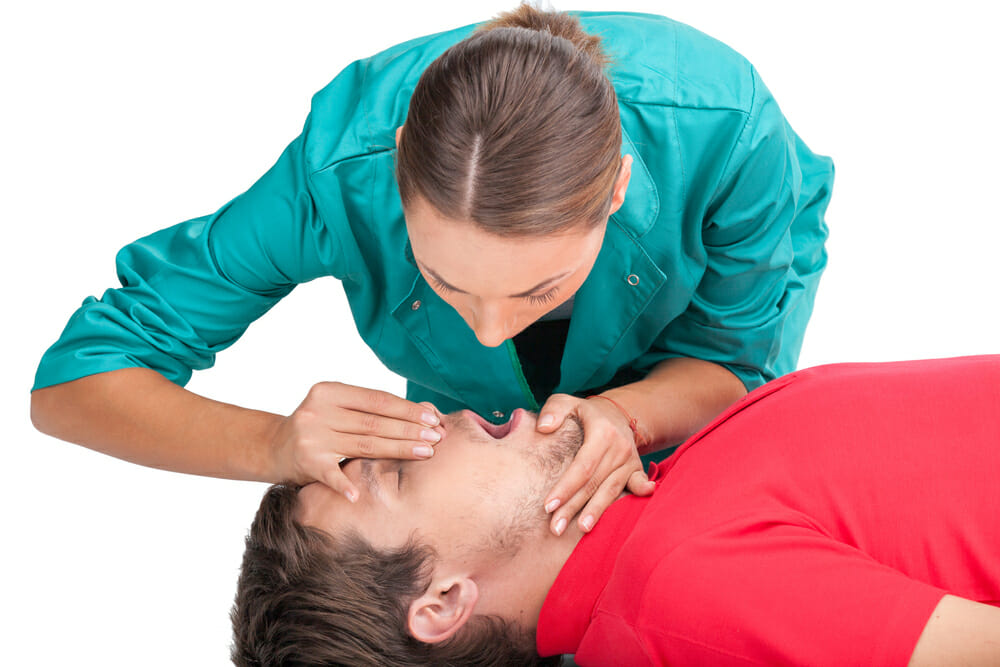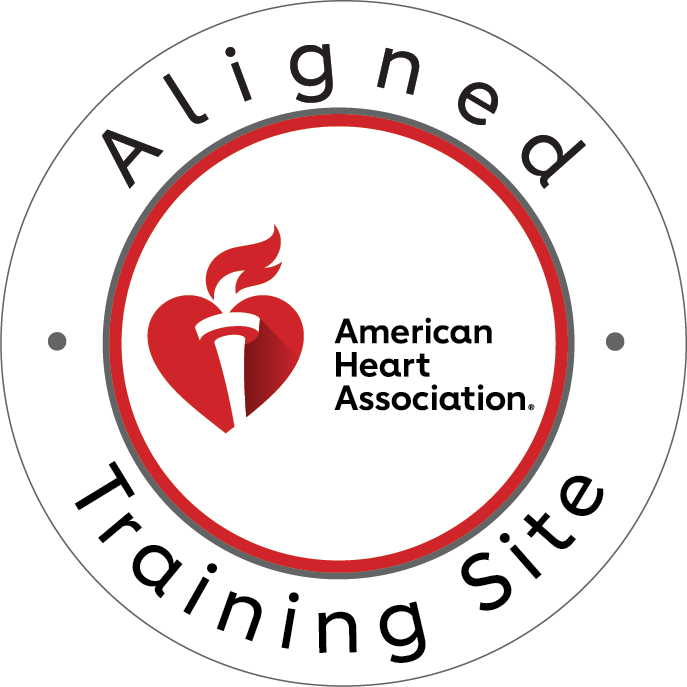In the critical moments of cardiopulmonary resuscitation, healthcare providers must be prepared for any scenario. While mouth-to-mouth resuscitation is the standard approach, there are specific situations where mouth-to-nose ventilation becomes not just an alternative, but the preferred method. Understanding these scenarios can mean the difference between successful and unsuccessful resuscitation attempts.
The Science Behind Airway Management in Emergency Response
When performing CPR, delivering effective ventilation is crucial for patient survival. Traditional mouth-to-mouth techniques work well in most situations, but anatomical variations, trauma, or environmental conditions may necessitate alternative approaches. The mouth-to-nose technique, while less commonly taught, provides several advantages in specific scenarios and should be part of every healthcare provider’s skill set.
Critical Scenarios Requiring Mouth-to-Nose Ventilation
Severe Oral Trauma
When patients present with significant mouth injuries, dental emergencies, or maxillofacial trauma, attempting mouth-to-mouth ventilation can be both ineffective and potentially harmful. Mouth-to-nose ventilation provides a clear alternative airway that:
- Avoids disturbing existing oral injuries
- Prevents aspiration of blood or dental fragments
- Maintains a better seal for effective ventilation
Lockjaw and Trismus Conditions
Patients experiencing:
- Tetanus
- Seizure-induced jaw clenching
- Temporomandibular joint (TMJ) disorders may have their jaw firmly closed, making mouth-to-mouth ventilation impossible. Mouth-to-nose becomes the primary option for delivering rescue breaths.
Pediatric BLS Training: Special Considerations for Child and Infant Airways
Anatomical Differences in Pediatric Airways
Children’s airways present unique challenges that sometimes make mouth-to-nose ventilation more effective:
- Larger tongues relative to oral cavity size
- Higher position of the larynx
- More flexible cartilaginous structures
When to Switch Techniques in Pediatric Resuscitation
Understanding when to transition between mouth-to-mouth and mouth-to-nose techniques is crucial in pediatric emergencies. Healthcare providers must recognize signs indicating the need for alternative ventilation methods, including:
- Difficulty achieving an adequate seal
- Presence of oral obstruction
- Signs of maxillofacial trauma
Evidence-Based Outcomes and Research
Recent studies have demonstrated the efficacy of mouth-to-nose ventilation in specific scenarios:
A 2023 retrospective analysis of emergency resuscitations showed:
- 92% success rate in achieving adequate ventilation using mouth-to-nose technique when mouth-to-mouth was contraindicated
- Reduced time to first effective breath in cases of oral trauma
- Comparable survival rates to traditional mouth-to-mouth when properly executed
Practical Application and Technique Mastery
Proper Positioning for Mouth-to-Nose Ventilation
Achieving optimal head position is crucial:
- Tilt the head back appropriately
- Close the mouth completely
- Create a tight seal around the nose
- Deliver breaths with appropriate force and duration
Common Challenges and Solutions
Healthcare providers should be prepared to address:
- Nasal obstruction
- Achieving proper seal around the nose
- Managing secretions
- Coordinating with chest compressions
Maintaining Professional Certification and Skill Currency
Healthcare providers must regularly update their knowledge and skills through certified training programs. This ensures:
- Familiarity with the latest protocols
- Confidence in technique application
- Ability to adapt to various emergency scenarios
- Compliance with professional requirements
Integration with Standard BLS Protocols
Understanding how mouth-to-nose ventilation fits within standard Basic Life Support protocols is essential. This includes:
- Recognition of appropriate scenarios
- Smooth transition between techniques
- Maintenance of proper compression-to-ventilation ratios
- Effective team communication during technique changes
The Impact of Equipment and Environmental Factors
Consider how different scenarios affect technique selection:
- Available barrier devices
- Environmental conditions
- Presence of hazardous materials
- Access to additional resources
Documentation and Quality Improvement
Proper documentation of mouth-to-nose ventilation use helps:
- Improve future protocols
- Track effectiveness
- Identify training needs
- Support quality improvement initiatives
Taking Action: Advanced Training for Healthcare Providers
Staying current with resuscitation techniques is crucial for healthcare providers. CPR Kansas City offers comprehensive training programs that include both traditional and alternative ventilation techniques.
Call to Action
Enhance your emergency response capabilities with advanced CPR training:
Register for our upcoming BLS certification classes in Kansas City. Our American Heart Association-certified instructors provide hands-on training in all ventilation techniques, ensuring you’re prepared for any emergency scenario.
Join our CPR Kansas City class for comprehensive BLS training that includes both traditional and alternative ventilation techniques.
Don’t wait until you’re faced with an emergency to learn these critical skills. Enroll today in our stress-free, hands-on courses and become certified in the latest resuscitation techniques.
Remember, proper training can mean the difference between life and death. Choose CPR Kansas City – Your partner in emergency response excellence.





